
Discover Abu Dhabi
Published on February 1, 2017
Abu Dhabi, the capital of the United Arab Emirates, features larger-than-life luxury and exotic desert landscapes. Join Modern Day Explorer Max Aly as he scouts local activities and inclusions for itineraries from SITA World Tours to Abu Dhabi. USTOA Modern Day Explorers: Adventure Awaits in Abu Dhabi Adventure awaits you in Rub al Khali, one […]
Keep reading
Abu Dhabi: A Modern Metropolis with Desert Flavor
Published on January 10, 2017
By Max Aly, Director of Group Operations, SITA World Tours Behind every great tour experience is a phenomenal product manager – these “Modern Day Explorers” scout undiscovered experiences in new, emerging destinations, rediscover what’s new in beloved places, and get to know the community with the single goal to design enriching itineraries for you […]
Keep reading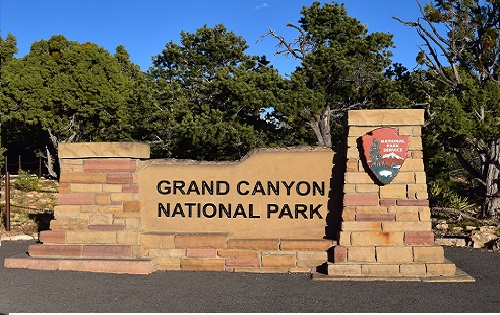
Action-Packed Quest through the Wild, Wild West
Published on December 13, 2016
By Megan Murphy, AFAR Ambassador This October, Contiki set off on a high-energy Western Highlights tour through Southern California, Arizona, the Grand Canyon, and Las Vegas. Our crew of 55 young adventurers flew in from all over the world—Australia, New Zealand, England, Germany, Japan, and a couple from the Eastern United States—to experience the best […]
Keep reading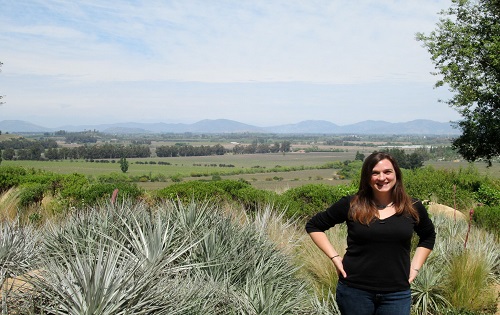
Explore Chile
Published on December 1, 2016
From the Atacama Desert to Patagonia and the Antarctic territory, plus the imposing landscapes of the Andes Mountain Range and coastal areas along the Pacific Ocean, few countries offer as much diversity as Chile. Join Modern Day Explorer Rebecca Rhyan as she scouts local activities and inclusions for itineraries from Cox & Kings, The Americas to […]
Keep reading
Nature Captivates in the Western US
Published on November 28, 2016
By Megan Murphy, AFAR Ambassador One of the most magnificent and diverse places on Earth, the United States is home to some of the world’s most awe-inspiring natural wonders. A few weeks ago, I was fortunate enough to have experienced several of these spectacles on my first-ever Contiki tour. The Western Highlights expedition ventured […]
Keep reading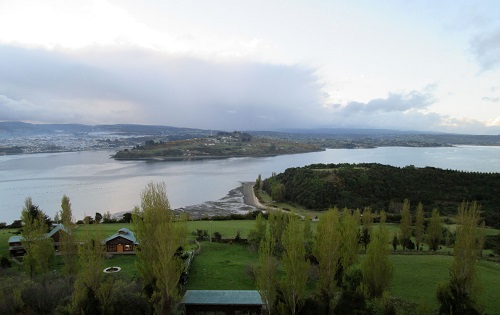
Getting Off the Beaten Path in Chile
Published on November 8, 2016
By Rebecca Rhyan, Senior Destination Specialist for Latin America & Antarctica, Cox & Kings, The Americas Behind every great tour experience is a phenomenal product manager – these “Modern Day Explorers” scout undiscovered experiences in new, emerging destinations, rediscover what’s new in beloved places, and get to know the community with the single goal […]
Keep reading
The Wyo I Know
Published on October 26, 2016
By Flash Parker, AFAR Ambassador As the one Wyoming resident on my recent Go Ahead National Parks tour, I had a grand old time talking local lifestyle with my new touring friends while visiting Jackson, the Grand Tetons, and Yellowstone National Park. It’s not every day that I get sent out on assignment in my […]
Keep reading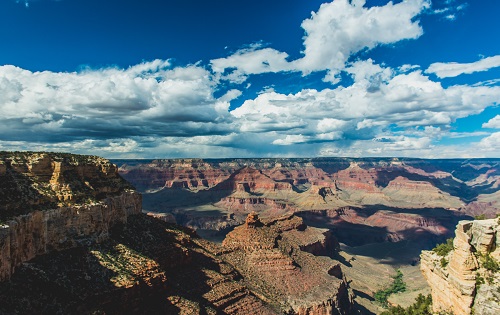
The Grand Go Ahead Experience
Published on October 19, 2016
By Flash Parker, AFAR Ambassador How can I accurately describe in words an adventure that takes me through five states, six national parks and a legendary Navajo tribal park, up and over desert mesas, deep into bottomless canyons, out into the rugged backcountry of the Mountain West, and through the very heart of the American […]
Keep reading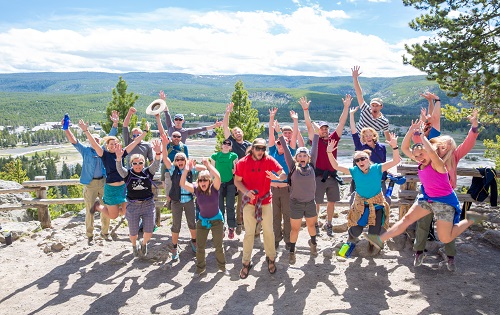
Guide Gratitude
Published on October 13, 2016
By travel writer Lisa TE Sonne Austin Adventures’ weeklong guide training is held in Billings, MT each spring for both returning and new guides alike. The training involves classroom and field trip time in which the guides learn skills as varied as creating a beautiful picnic lunch spread, knowing what a guide should carry in […]
Keep reading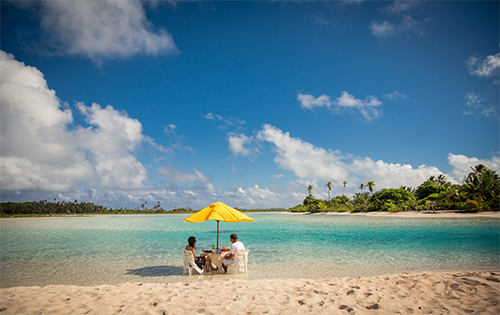
Discover The Islands of Tahiti
Published on September 28, 2016
Located only eight hours from Los Angeles on Air Tahiti Nui, The Islands of Tahiti are pure paradise in the heart of the South Pacific. In addition to natural beauty and tranquility, the islands offer diverse outdoor experiences and rich Tahitian culture. Join Modern Day Explorer Bronwyn Hodge as she scouts local activities and inclusions […]
Keep reading
